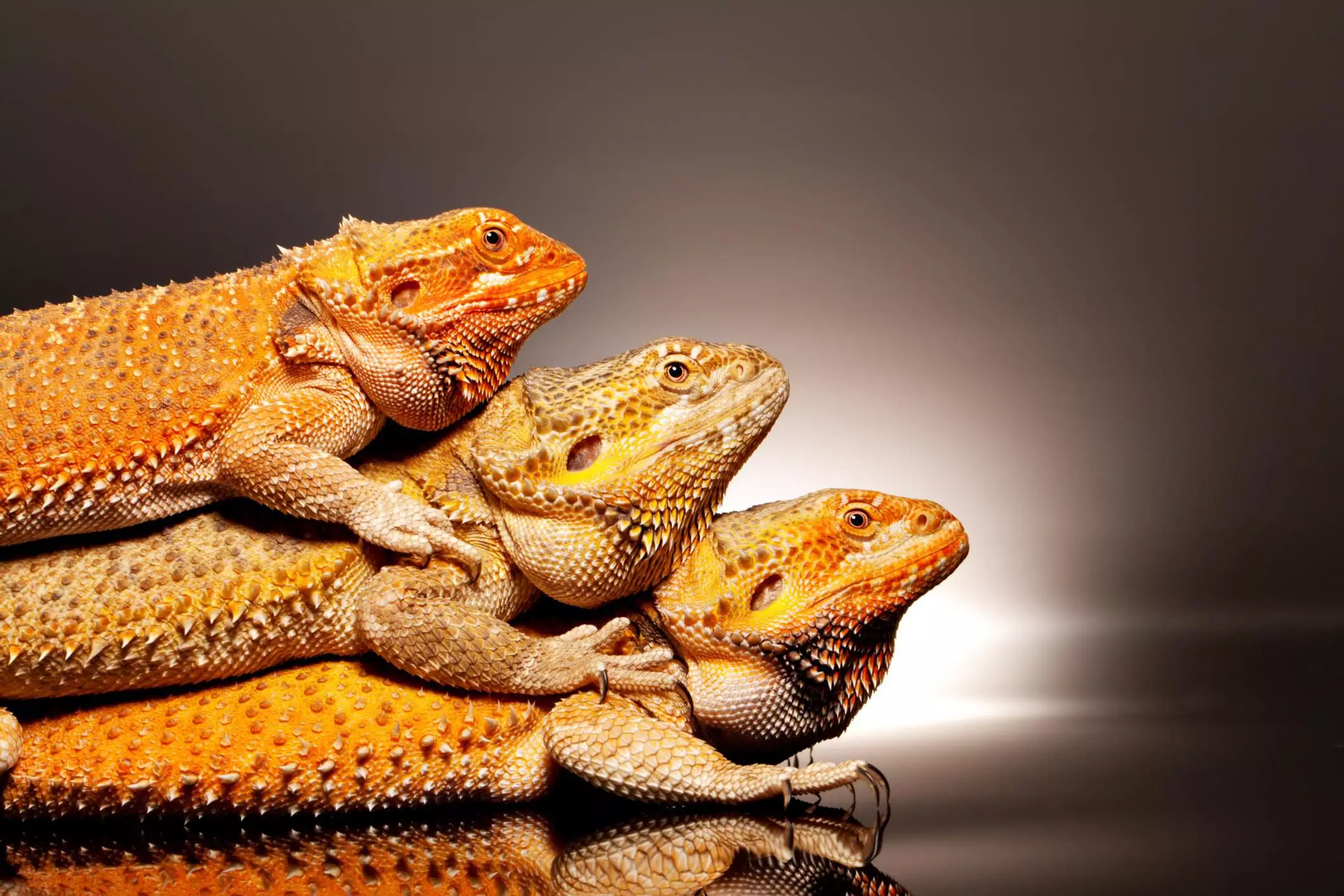Bearded dragons are captivating reptiles that many enthusiasts love to keep as pets. However, if you’re considering housing more than one together, you might find yourself standing at a crossroads of opinions and guidance. There’s a certain charm in the idea of having multiple bearded dragons cohabiting, but the reality is often more complex. Co-housing these fascinating lizards is a topic that often ignites spirited debate among reptile keepers.
The primary factors influencing whether or not bearded dragons can live together revolve around individual temperament, enclosure size, and the sexes of the reptiles involved. While it’s theoretically possible for them to cohabitate harmoniously, this scenario is contingent upon several variables needing careful consideration.
When it comes to enclosure size, a larger environment can significantly improve the chances of successful cohabitation. Bearded dragons are territorial by nature; therefore, they require adequate space to exhibit natural behaviors. If you decide to set up a communal habitat, options should typically begin around a minimum of a 125-gallon tank. This provides ample room for them to establish their own territory and reduces stress resulting from close proximity.
Facilitating enough space alleviates the pressure of direct competition for basking spots, food, or hiding areas, which can further hinder their ability to successfully coexist.
An essential aspect to consider when housing multiple bearded dragons is their sex. Keeping multiple male bearded dragons together is generally not advisable due to aggressive territorial behavior. Meanwhile, introducing females into the mix requires careful timing and observation; a female should ideally reach sexual maturity—often around two years old—before housing her with males.
This proactive approach reduces the risk of health-related complications, such as egg binding, which younger females might face if bred too early. Additionally, mismatched sizes can lead to bullying or harm, as larger dragons can assert dominance over smaller counterparts, leading to anxiety or injury.
Even when all the conditions seem favorable—large enclosure, compatible sizes, and sex—it does not guarantee peaceful coexistence. Each bearded dragon has its own unique personality, and sometimes even those with a solid setup will not get along. Disagreements can arise from minor territorial disputes, especially if one dragon feels its space is being encroached upon.
If tension escalates, aggression can manifest, prompting the need for separation to prevent injuries. Consequently, owners must remain attentive to their dragons’ behavior, always ready to intervene and separate them if necessary.
While cohabiting bearded dragons might work under the right conditions, it comes with inherent risks and challenges. Prospective owners should weigh the potential benefits against the likelihood of conflicts. Keeping bearded dragons separately often proves a safer, less stressful option for both owner and reptiles, ensuring that each critter can thrive in its own space. Ultimately, respecting the natural behaviors and needs of these remarkable creatures is key to fostering a rewarding reptilian friendship.

